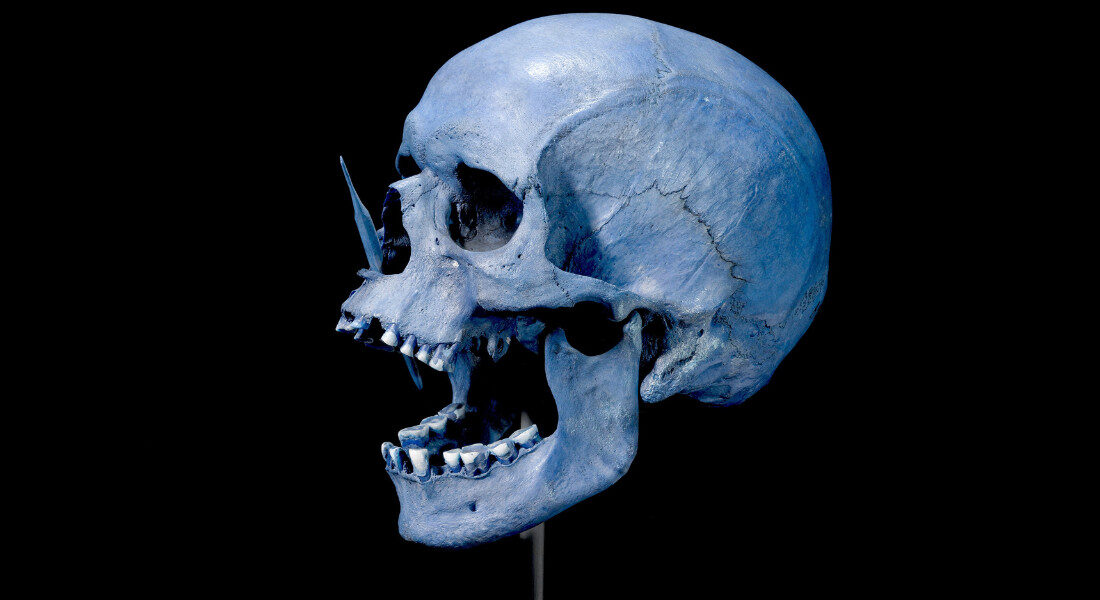
The results are presented in four articles published in the same issue of Nature by an international team of researchers led by experts from the University of Copenhagen and contributions from around 175 researchers from universities and museums in the UK, the US, Germany, Australia, Sweden, Denmark, Norway, France, Poland, Switzerland, Armenia, Ukraine, Russia, Kazakhstan, and Italy. The many researchers represent a wide range of scientific disciplines, including archaeology, evolutionary biology, medicine, ancient DNA research, infectious disease research, and epidemiology.
The research discoveries presented in the Nature articles are based on analyses of a subset of the 5,000 genomes and include:
- The vast genetic implications of a culturally determined barrier, which until around 4,000 years ago extended up through Europe from the Black Sea in the south to the Baltic Sea in the north.
- Mapping of how risk genes for several diseases, including type 2 diabetes and Alzheimer's disease, were dispersed in Eurasia in the wake of large migration events over 5,000 years ago.
- New scientific evidence of ancient migrations explaining why the prevalence of multiple sclerosis is twice as high in Scandinavia than in Southern Europe.
- Mapping of two almost complete population turnovers in Denmark, within a single millennium.
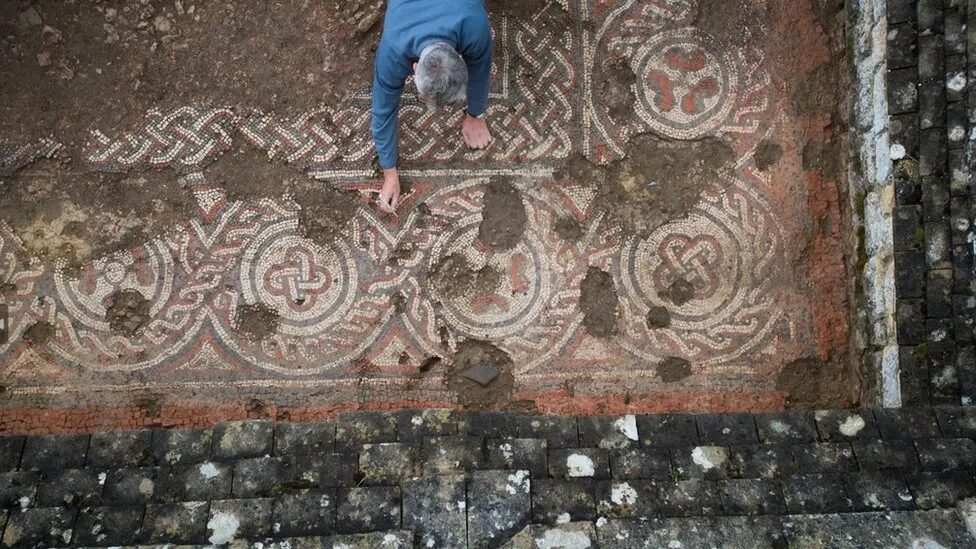

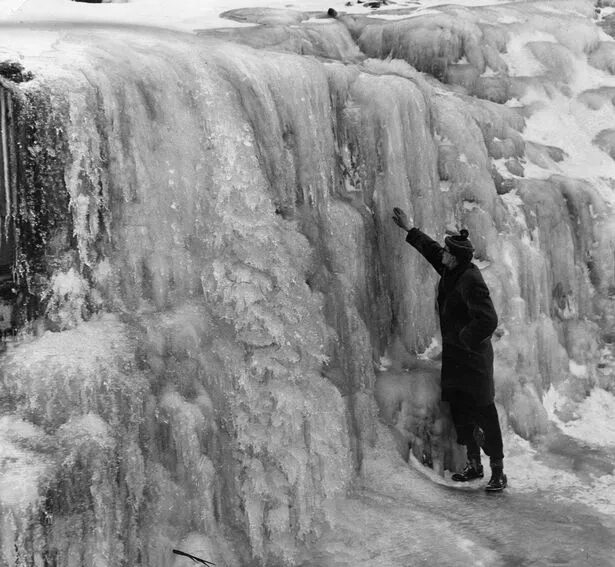
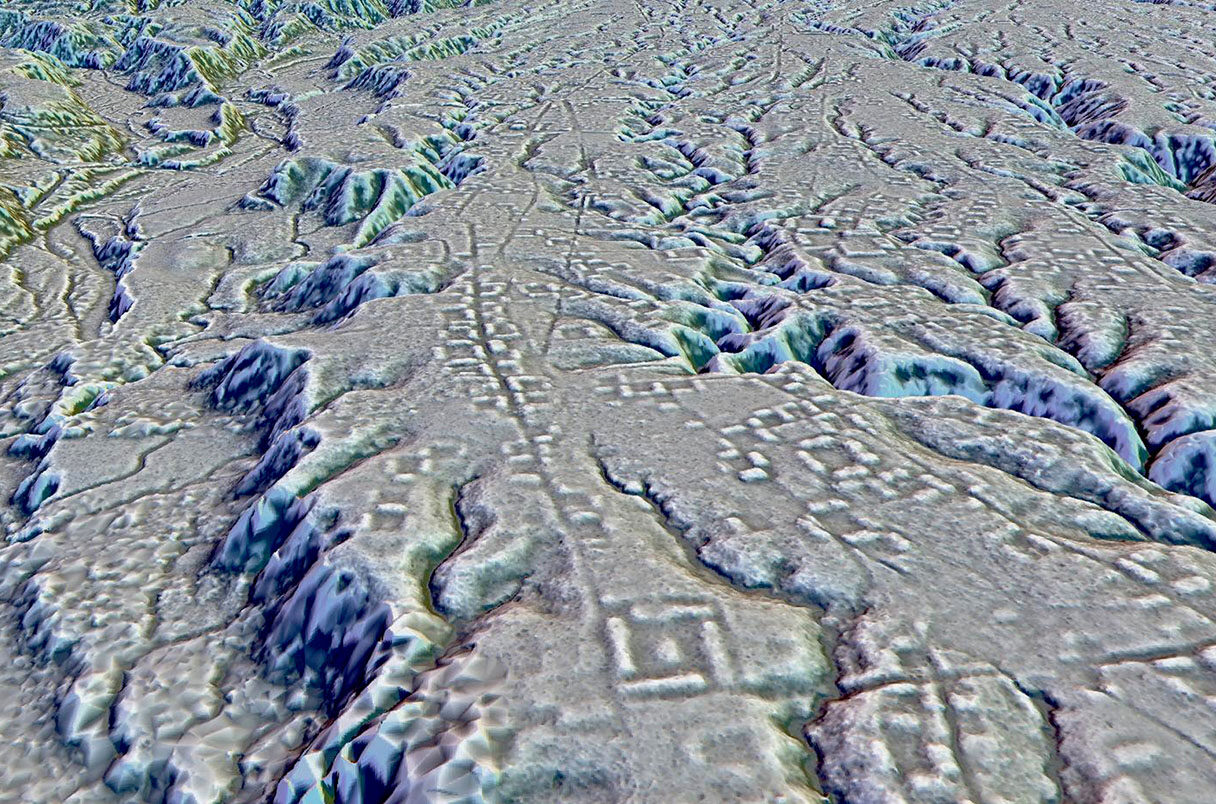
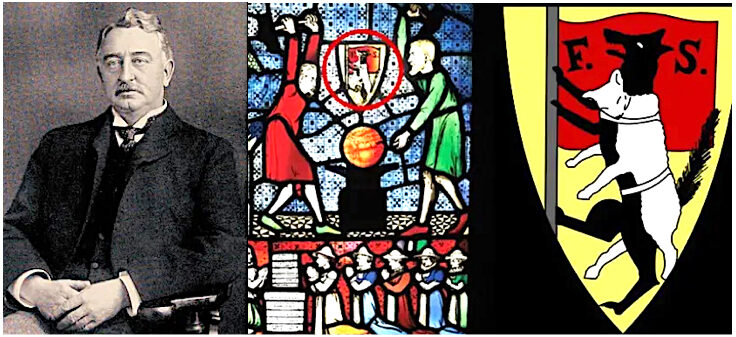
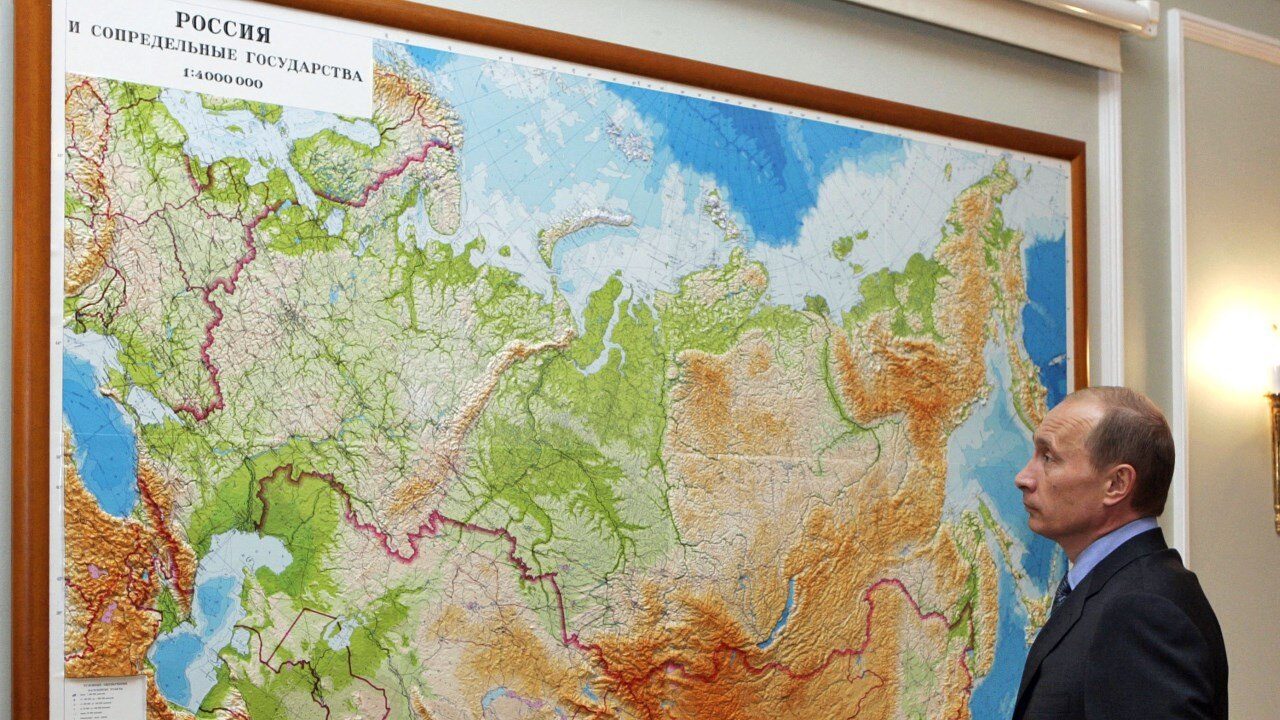
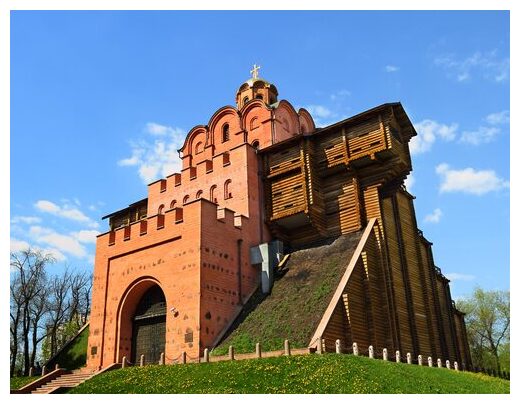
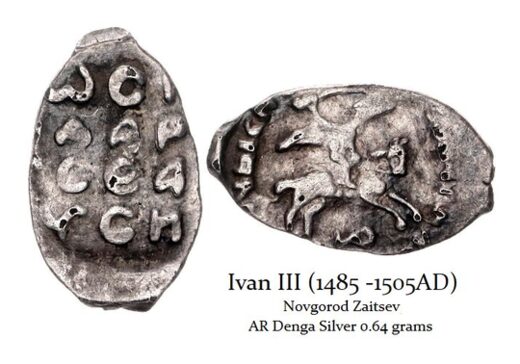

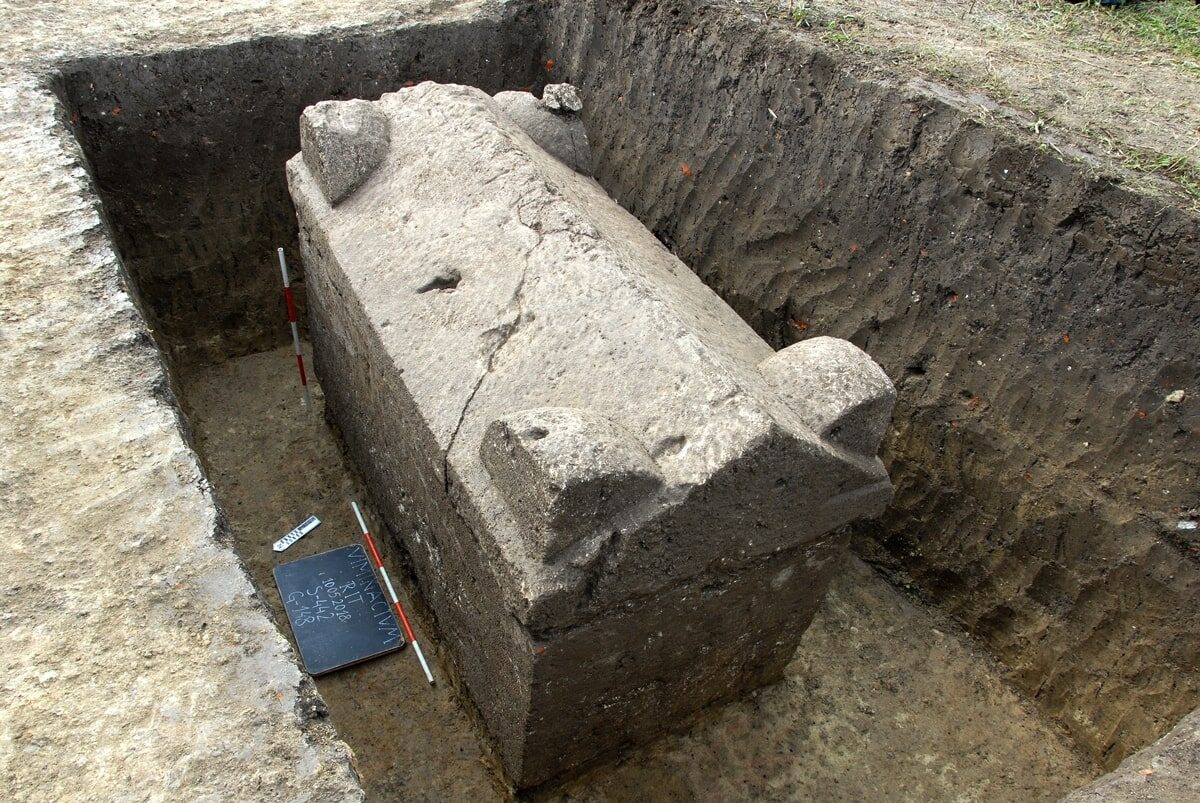
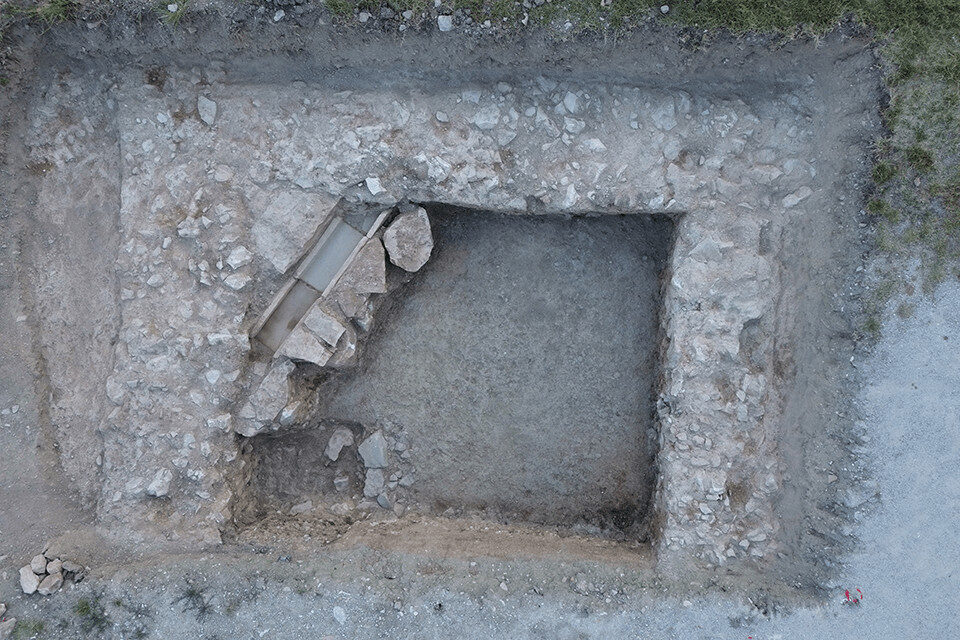
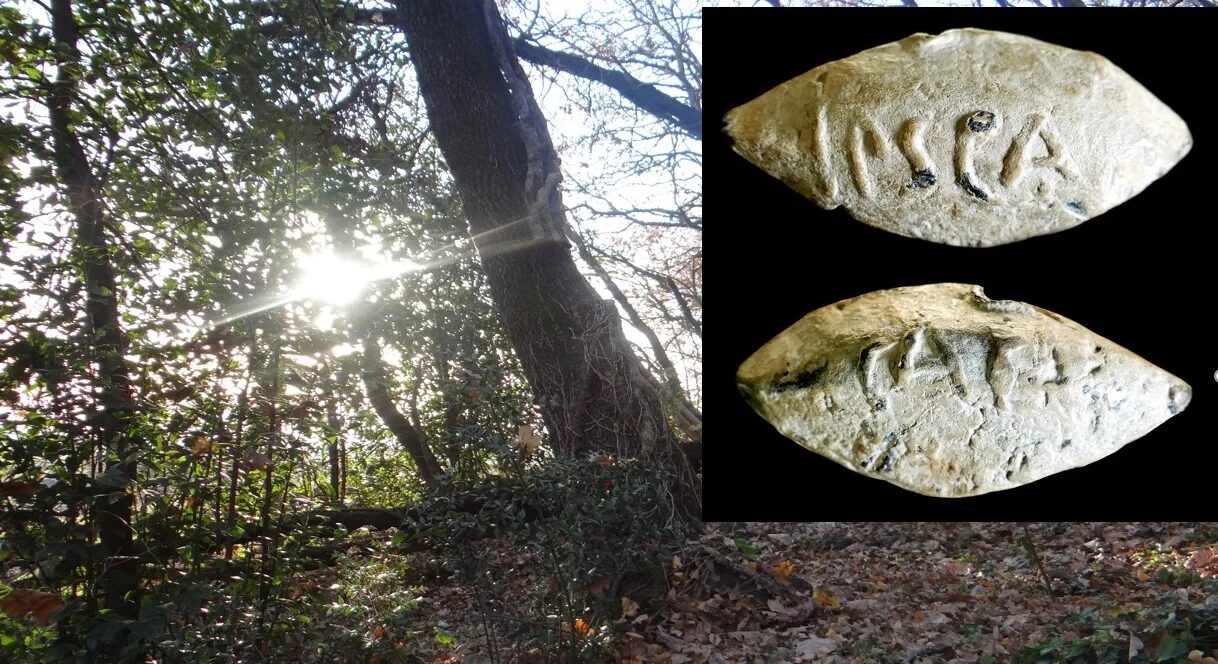



Comment: This follows another recent, related discovery: Mysterious early medieval cemetery unearthed in Wales reveals trade networks reaching as far as North Africa